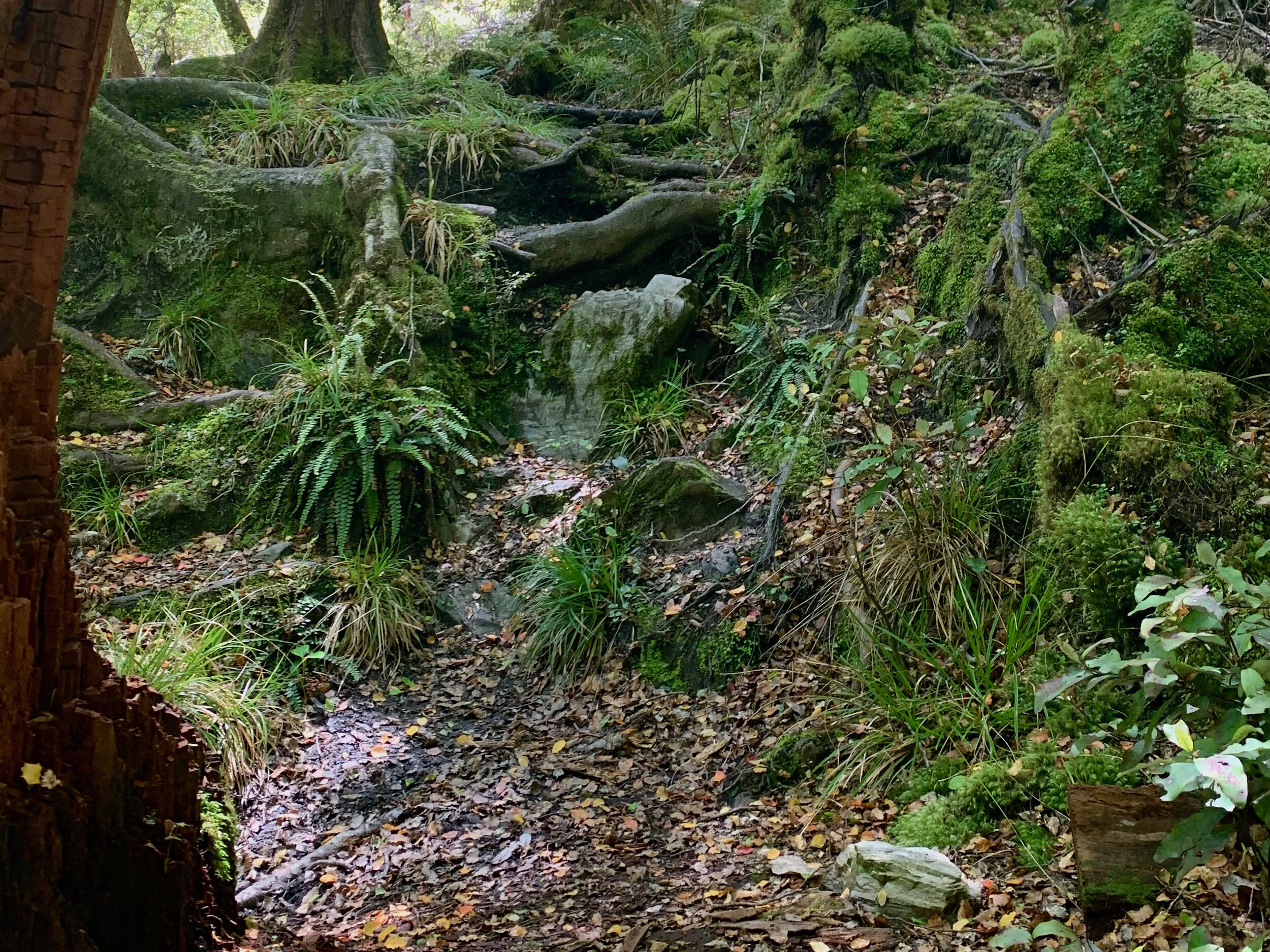Self-organising – creating structures that liberate
In this blog I share my thoughts and reactions to the theme of self-organising, drawing inspiration from Amara’s recent webinar. As this blog is being released I am preparing the second round of the Power of Three – Towards Self-Organising programme together with Heidi Gutekunst. The programme is open for any organisation interested in transitioning towards self-organising. I invite to you join us.
In the recent Amara webinar on Leadership in Self-Organising I’m left fascinated by the fact that both Heidi and Topi (who have lead organisations towards and into self-organising) say words to the effect of - it wasn’t really specifically or cleverly designed to go there at the beginning.
There is something deeper than structure or design that is foundational to their work. Topi implied that he began with a desire to support a good life for people around him and no doubt for himself too. Working with Amara (Heidi and the team) I also experience this as somehow at our core. When and how we work together is moderated around what serves our souls, as much as what serves our community. There is much written about engagement of people within organisations and perhaps this where soul is significant – meaning speaking deeply to our hearts, minds, spirit and purpose.
I suggest that self-organising for some then is a structure that liberates at many levels which are significant for individuals, but emerges as a pragmatic, useful, yet deeper centred, form of organisation. It emerges as a way of being in business that is equipped for the complexity and uniqueness of its people, as much as to being in the service of our current world.
I am a forest bather. If I spot a trail head (the hint of a pathway through the forest) I just can’t help myself – I take it, filling my soul, bathing in the forest’s energy. If the entrance of the trail to this new era of work was signposted, it may not name explicitly anything related to self-organising. What it does have though is a sense that a good life – good work, good money, good friends, good questions (as described by Bill Torbert) can be found and supported by the structures of “work.” This runs counter to the current culture and operating models of most established businesses. We can see this in many measures, one being the very high levels of active disengagement at work – New Zealand, over 60% of the workforce is disengaged.
If work felt like part of a good life, by any definition, my guess is that most people would be highly engaged, proactive and offering their initiative and discretionary energy. After all, many of us spend more hours of the day conventionally ‘working’ so why shouldn’t this be a place where we bring and find craft, joy and spiritual nourishment? If one aspect of good leadership is modelling and setting the tone for others to follow, then Topi and Heidi personify this in abundance both taking responsibility when required and enabling others in equal measure.
Topi humbly mentioned having recently been recognised for having a team of unusually highly engaged people in his construction business. Maybe this is a side trail or maybe it is the main trail or intention of self-organising – regardless - it’s admirable and known to be associated with greater business success even by traditional measures.
This proactive engagement, is not “just feel good.” Self-organising systems accept conflict and dissent as a part (potentially a crucial part as suggested by one of our webinar participants) of the journey and creating structures that enable enough space for conflict and tension to be present, spoken about openly, and learnt from is a conscious part of the innovation process. Heidi spoke about creating space for anyone in a system to be resourced and liberated to take timely action in the face of injustices, and despite power dynamics. The leader’s responsibility is to create such containers for both dissent and affection thus providing a path to follow.
Now that mavericks of the organisational world (much of whose work is documented by Frédéric Laloux in Reinventing Organisations ) have experimented and continue to experiment with this way of being in business, others can more confidently break away from old mechanistic models of how systems thrive and evolve. Organisations can pause and ask themselves “how would a living organism progress from here?” Our forests are biological cities that run on — and are connected by — a living, underground network of mycelium. Mycelium is a huge natural web of interconnectedness through which forests communicate, take mutual care and regenerate themselves. What impact might there be if we were to take on an increasing sense of mutual power and interconnectedness? How might we communicate and converse, and design our organisations in a way more akin to the operations of mycelium of the forest over which our trails lead?
If you are interested in how your business might become more forest like or human and collaborative in its design – both effective and efficient; or if you are fascinated enough by self-organising to experiment with a part of your own business leadership, then the Amara Collaboration Power of Three - Towards Self Organising initiative may be just the guide and incentive you need. I co-lead this with Heidi Gutekunst . You can call or email me (Lisa), or Heidi to inquire and see if this fits well for you. We begin online in early June 2021 and the specific dates can be adjusted to suit the people involved.

